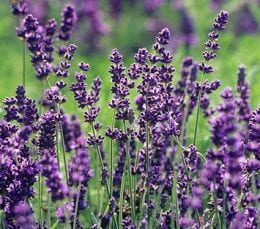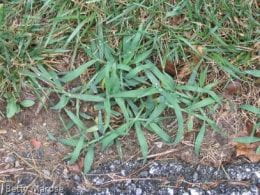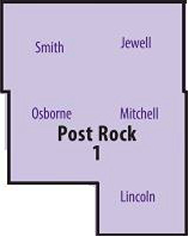In 2019, nearly a year before the COVID-19 pandemic hit, the U.S. Federal Reserve estimated that about 4 in 10 American adults could not cover a $400 unexpected expense.
The pandemic heightened those struggles for many. The best way to weather tough times is to plan for them in better times. It’s not a matter of ‘if’ you’re going to need emergency money, It’s ‘when’ you are going to need it.
When people aren’t saving money for future uses, they often have to find other means to pay for unexpected bills, sometimes turning to high interest loans.
 When we talk about health, a lot of times we are talking about your (physical) well-being, but your financial health is just as important. Doing a financial checkup will help identify problems and chart progress then outlines some steps to achieve your financial goals.
When we talk about health, a lot of times we are talking about your (physical) well-being, but your financial health is just as important. Doing a financial checkup will help identify problems and chart progress then outlines some steps to achieve your financial goals.
People are emotionally tied to money and it may be because of the way they were brought up, such as their own family financial situation as kids. We are all to some extent tied emotionally to money, the spending of and saving of, how we spend it and what we do with it.
Spending plan is a fancy term for a budget. You say ‘budget’ and people think you have to tighten down and you can’t spend money. But if you say ‘spending plan,’ then people think, ‘oh I get to spend money.’ The term spending plan is used to indicate that you get to tell your money where it goes rather than coming up short at the end of the month.
By: Brenda Langdon





